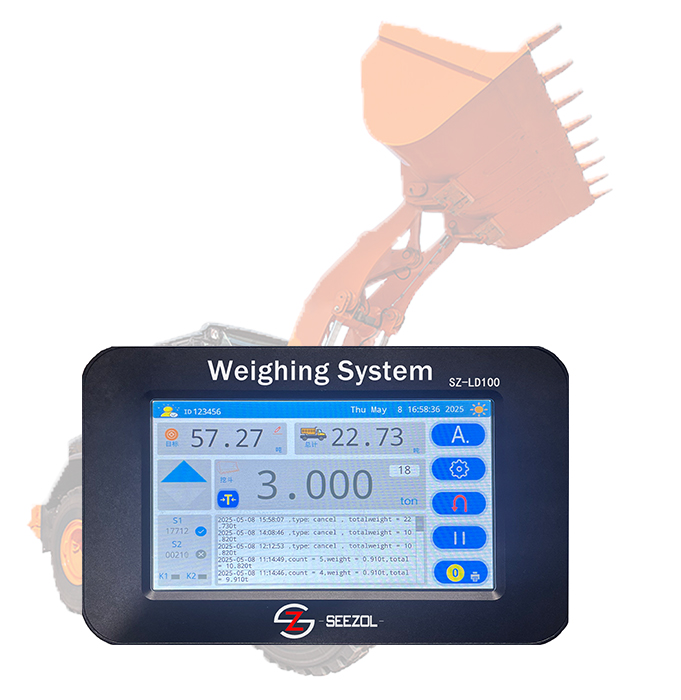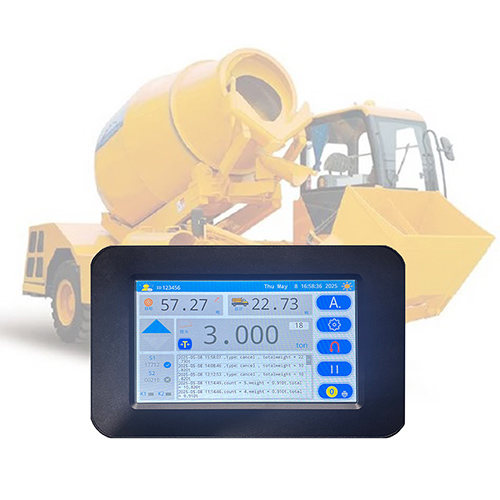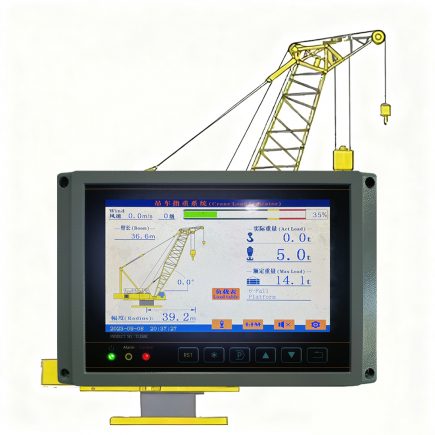The technological evolution of crane load moment indicators (LMI) is accelerating the intelligent transformation of the industry, with core trends focusing on three key directions: intelligence, integration, and green energy efficiency.
1. Intelligentization
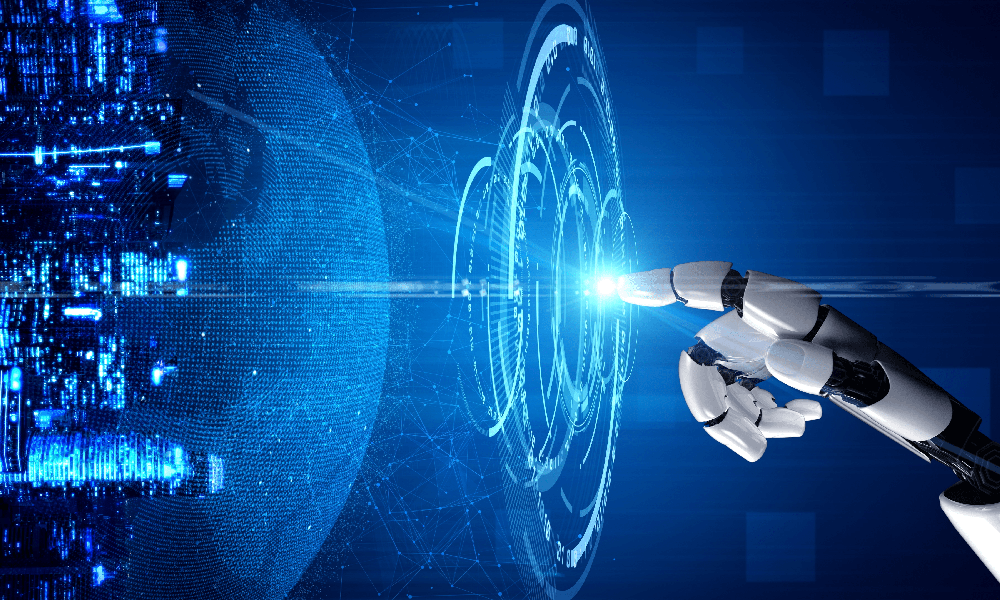
The integration of the Internet of Things (IoT) and artificial intelligence (AI) endows LMIs with cloud-based data analysis capabilities. By modeling historical load data, LMIs can predict equipment failure risks—such as early warnings for sensor malfunctions or structural fatigue—while optimizing operational parameters to achieve intelligent speed regulation, enhancing efficiency by 15%-20%.
2. Integration
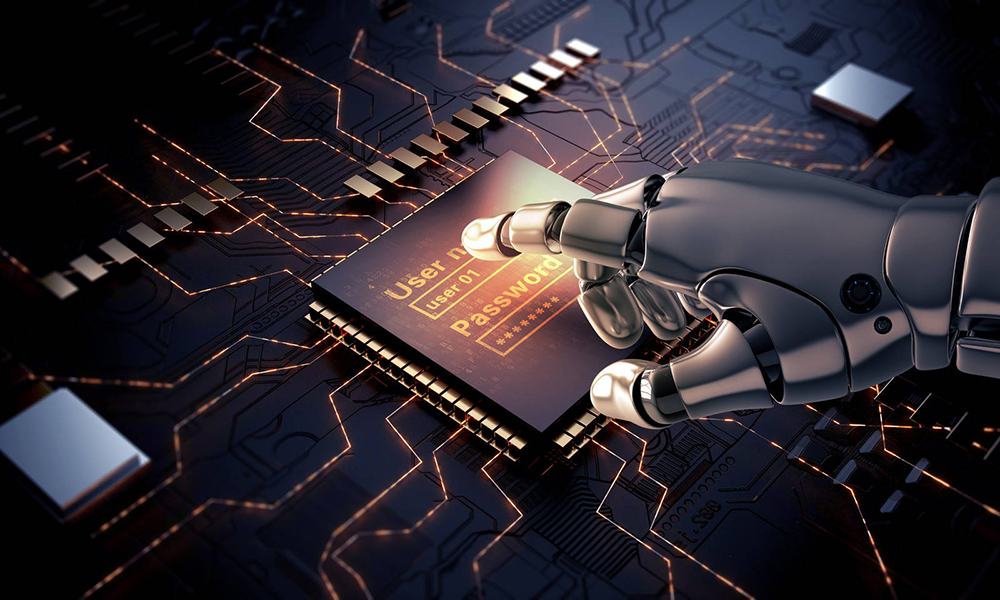
LMIs are increasingly integrated with various crane systems: they not only coordinate with hoisting and luffing mechanisms for dynamic load distribution but also collaborate with building information modeling (BIM) to simulate operation paths before construction, reducing on-site scheduling errors. In port scenarios, LMIs integrated with automated loading/unloading systems have improved cargo handling accuracy to ±5 cm.
3. Green Energy Efficiency

This is achieved through two pathways:
- Sensor power optimization: Adoption of low-power MEMS chips reduces device energy consumption.
- Dynamic power regulation: Real-time load data enables intelligent adjustment of crane power output, cutting no-load energy consumption by approximately 30%. Applications of new materials (e.g., nano-piezoelectric sensors) further enhance energy efficiency ratios.
By 2030, China’s LMI market is projected to expand at an annual growth rate of 8%-10% driven by surging demand in emerging industries like new energy and aerospace. Technological innovation will continue to steer the industry toward safer, more efficient, and sustainable operations.






